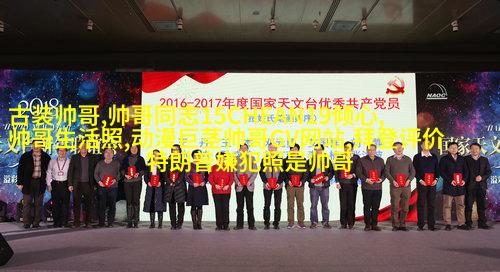汉字的历史探究从甲骨文到现代汉字的演变与影响
在这个世界上,存在着一种语言,它不仅仅是文字的集合,更是一种文化和历史的载体。这种语言就是中文,而中文中的每一个字符都承载着无数年的历史和深厚的情感。这篇文章将会探讨汉字的由来、发展历程以及它们对中国乃至世界文化产生的深远影响。

1.0 汉字的起源与早期发展
1.1 汉字之父——象形符号

1.2 从图画到抽象——初期汉字的一般特征
1.3 简化与标准化——甲骨文与金文

2.0 中古时期汉字系统的大幅扩展
2.1 隶书、草书、大篆等书体诞生及其特点

2.2 称谓法则:结构变化及新词汇生成
3.0 宋元时期后的改进与繁荣

3.1 行草书体兴盛及其艺术价值
3.2 文言文学兴盛下,词汇丰富和规范使用
Hanzi's History in a Nutshell: A Brief Overview of Chinese Characters' Evolution (50 words)
The history of hanzi, from the pictorial to phonetic, has evolved over thousands of years through various forms such as oracle bone script, bronze inscriptions, seal script and clerical script; simplified characters emerged during the Qin and Han dynasties.
Modern Times - The Impact of Printing Technology on Hanzi Usage and Standardization
In this era, woodblock printing revolutionized writing by making it more accessible to people; however, it also led to variations in character form due to different craftsmen's skills; later on, metal movable type further standardized character forms but at a slower pace than expected.
Conclusion & Future Directions for Hanzi Studies
This journey through time shows how hanzi have adapted with societal changes while maintaining their essence as symbols of culture and identity; future studies should focus on digital technologies that could potentially reshape the way we learn and interact with these ancient yet ever-evolving characters.
The evolution of Chinese characters is not just about their appearance but also reflects social change and technological advancement throughout history; they continue to be an integral part of our lives today as well as a source for deepening our understanding into China's rich cultural heritage.



